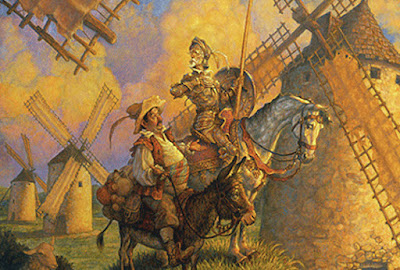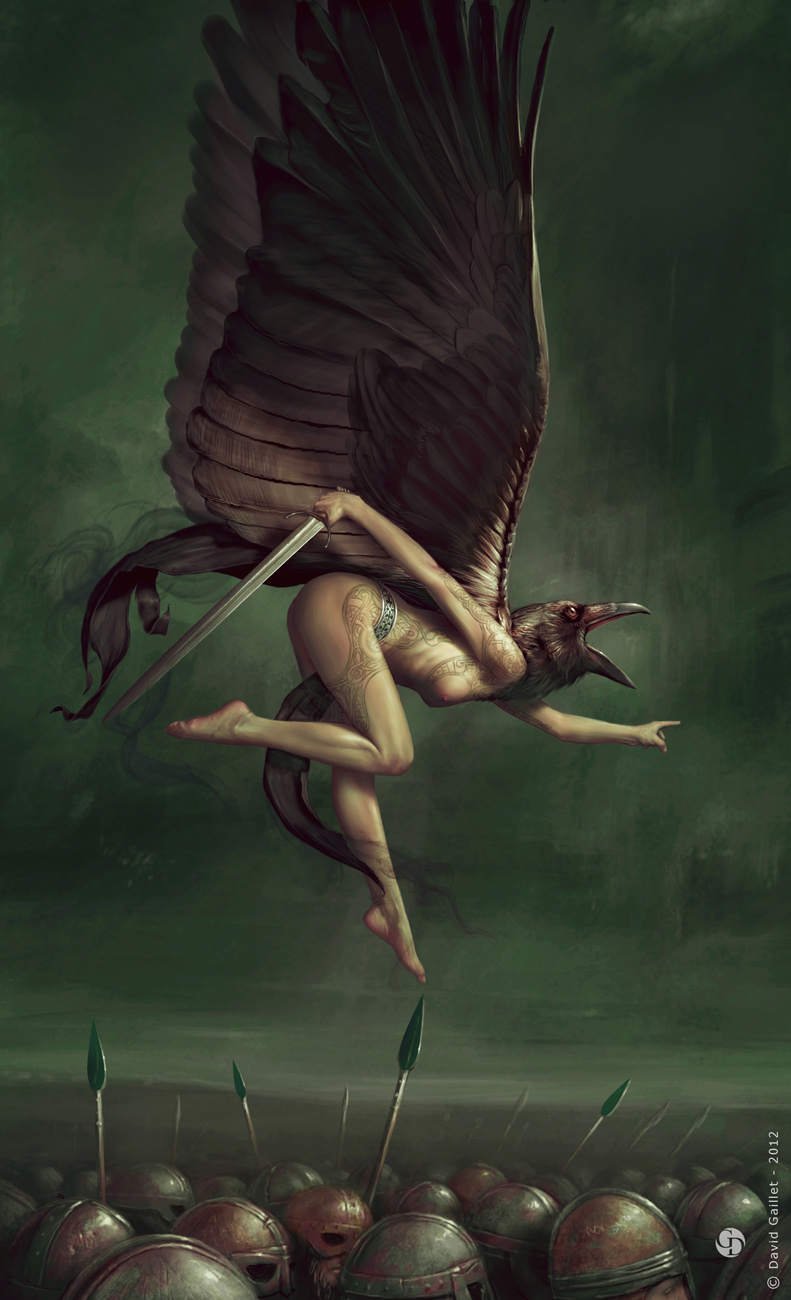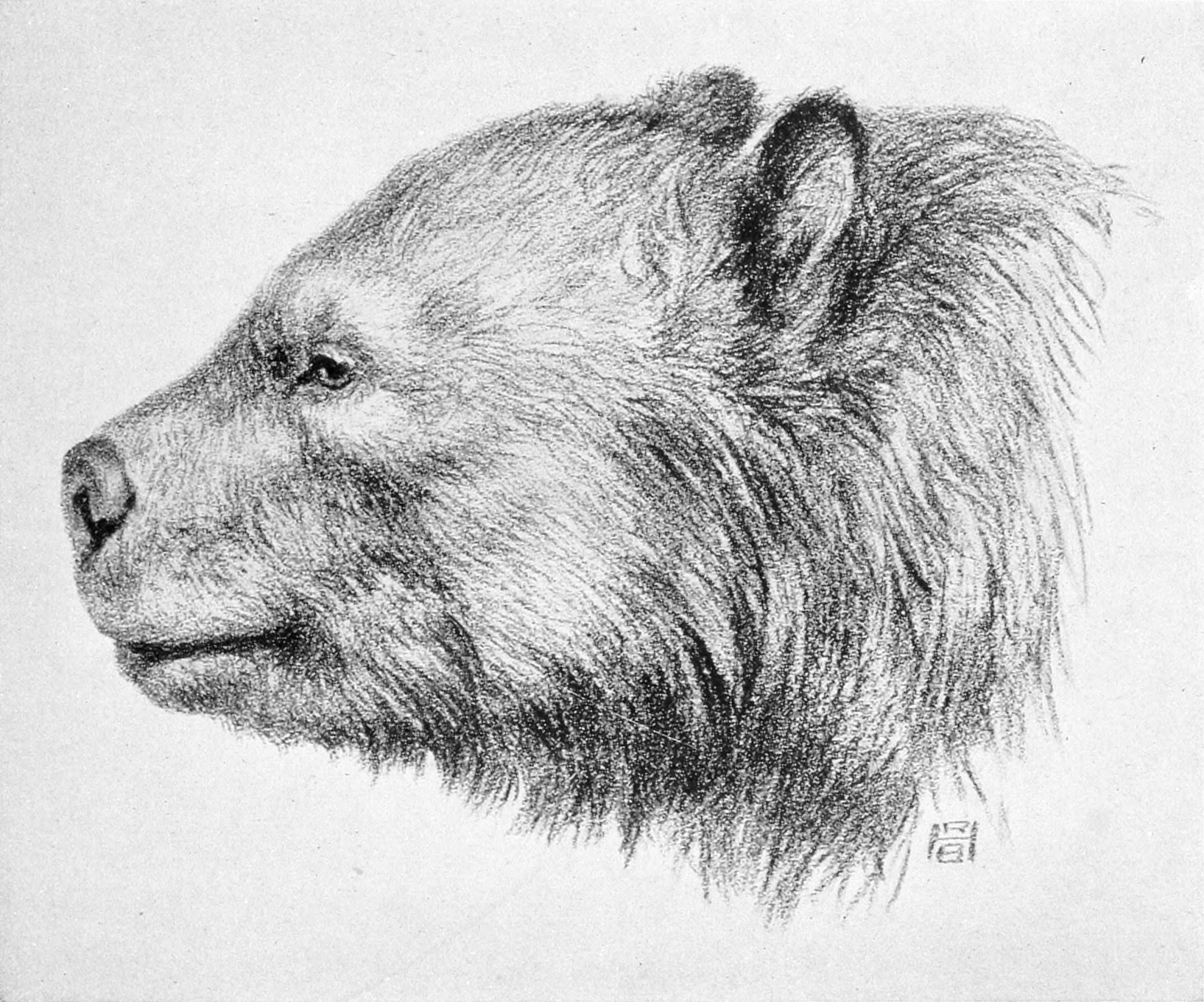Megafauna are large animals. Examples include loins and tigers and bears (oh my), and for the most part in the modern day they are pretty severely limited to the African continent. There are still megafauna found elsewhere in the world, just simply not the levels that the fossil record indicates we should could seeing (for example most deer count as megafauna, kangaroos count, bison count, cows count,
cassowary count, etc). Megafauna are not only cool things to hunt and see on safari, but they also do some very import
ecological work. There is super interesting ecological restoration work going on trying to reintroduce megafauna to areas they have gone extinct in to restore some semblance of a healthy (according to a historic standard) ecosystem.
There is an interestingly high levels of representation of dinosaurs in D&D. The AD&D Monstrous Manual has 28 entries, the 3.5 edition Monster Manual has 5 entries (but many many more in the next
4 Monster Manuals), 4th edition has none (weird...), and 5th edition has 6 entries. All of them that have dinosaurs have the Tyrannosaurus Rex and the Triceratops listed, which doesn't surprised me as they seem to be the most commonly recognized dinosaurs out there.
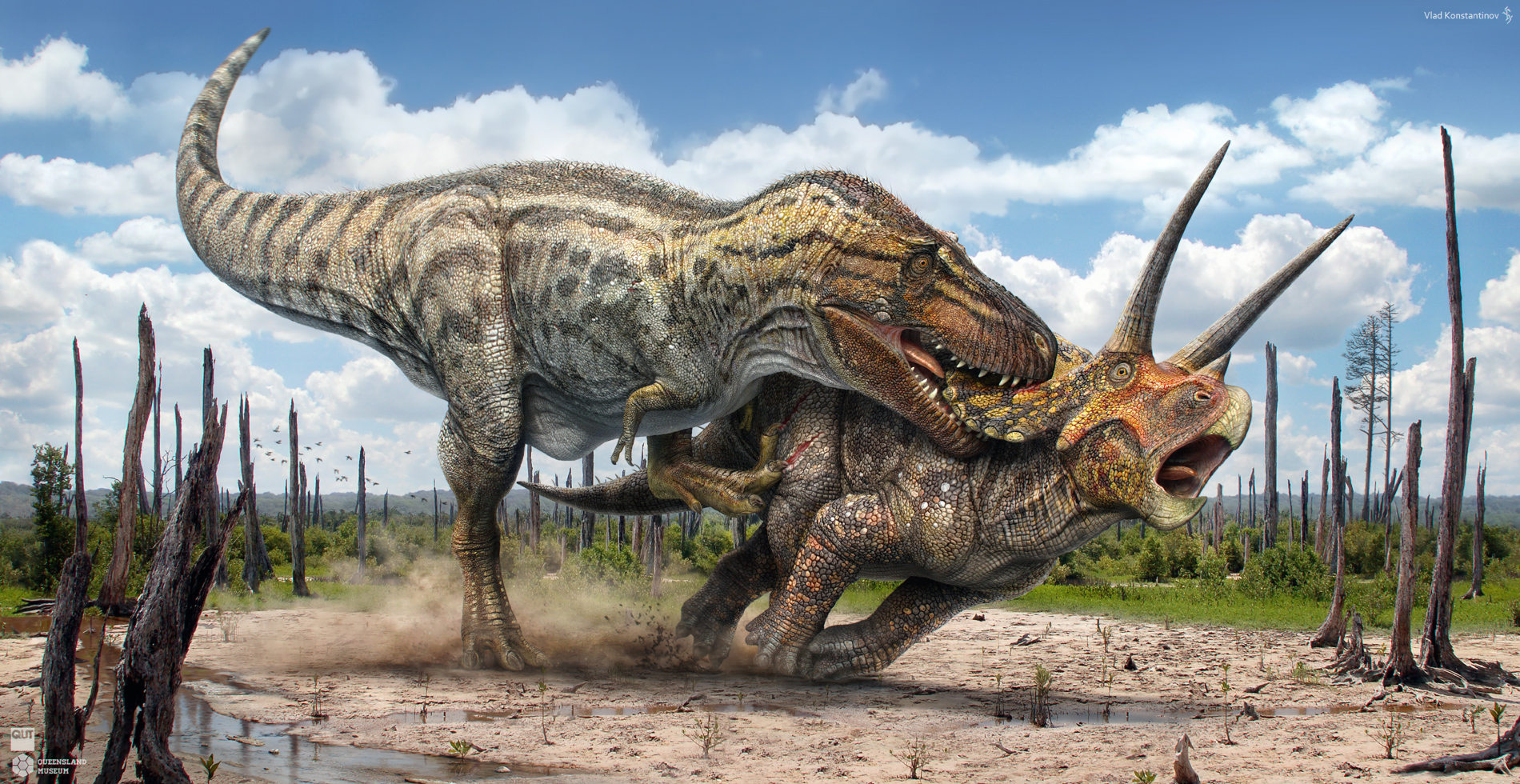 |
| See? They are classics! (Source) |
While having the stats for your favorite dinosaur is great if you want to run a anachronistic primal game what I would like to argue for is a more geologically recent cast of beasts. Ones that our lizard brains (no pun intended...) remember hunting or hiding from. There is an uncanny familiarity of the megafauna of the last geological epoch, because humans
actually co-existed (and hunted and ate and ran from and...) with all of these animals, unlike dinosaurs. There is of course the classic wooly mammoth, or the saber toothed tiger, or the
giant ground sloth. But there is a huge diversity of other fauna to tap into and explore.
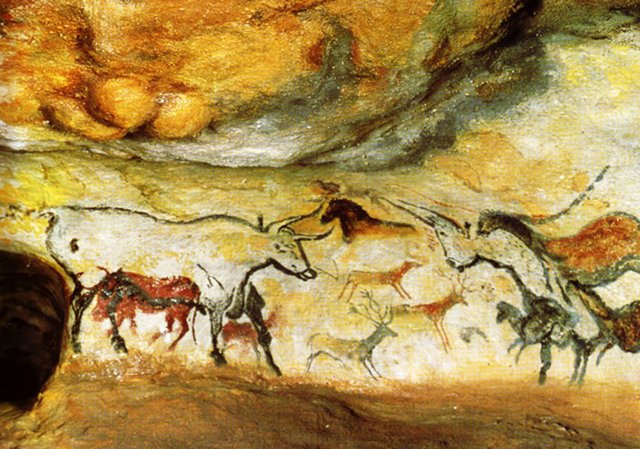 |
| Cave paintings found in the Lascaux Caves of France depicting megafauna from ~17,000 years ago |
There was an attempt, at least to my eyes, to introduce the concept of megafauna into D&D terms with the advent of "dire" animals. Don't get me wrong, I love dire animals in D&D, but I think that just taking a currently living animal and making it bigger just doesn't take that much imagination. For example I suspect the whole trend was started by the real life dire wolf, a larger and more muscled close relative of the wolf (
Canis lupus). But even this prehistoric example is way cooler! They are like giant crosses between hyenas and wolves, not just big wolves that have spikes growing out of them... or something.
 |
| Dire wolf, Canis dirus |
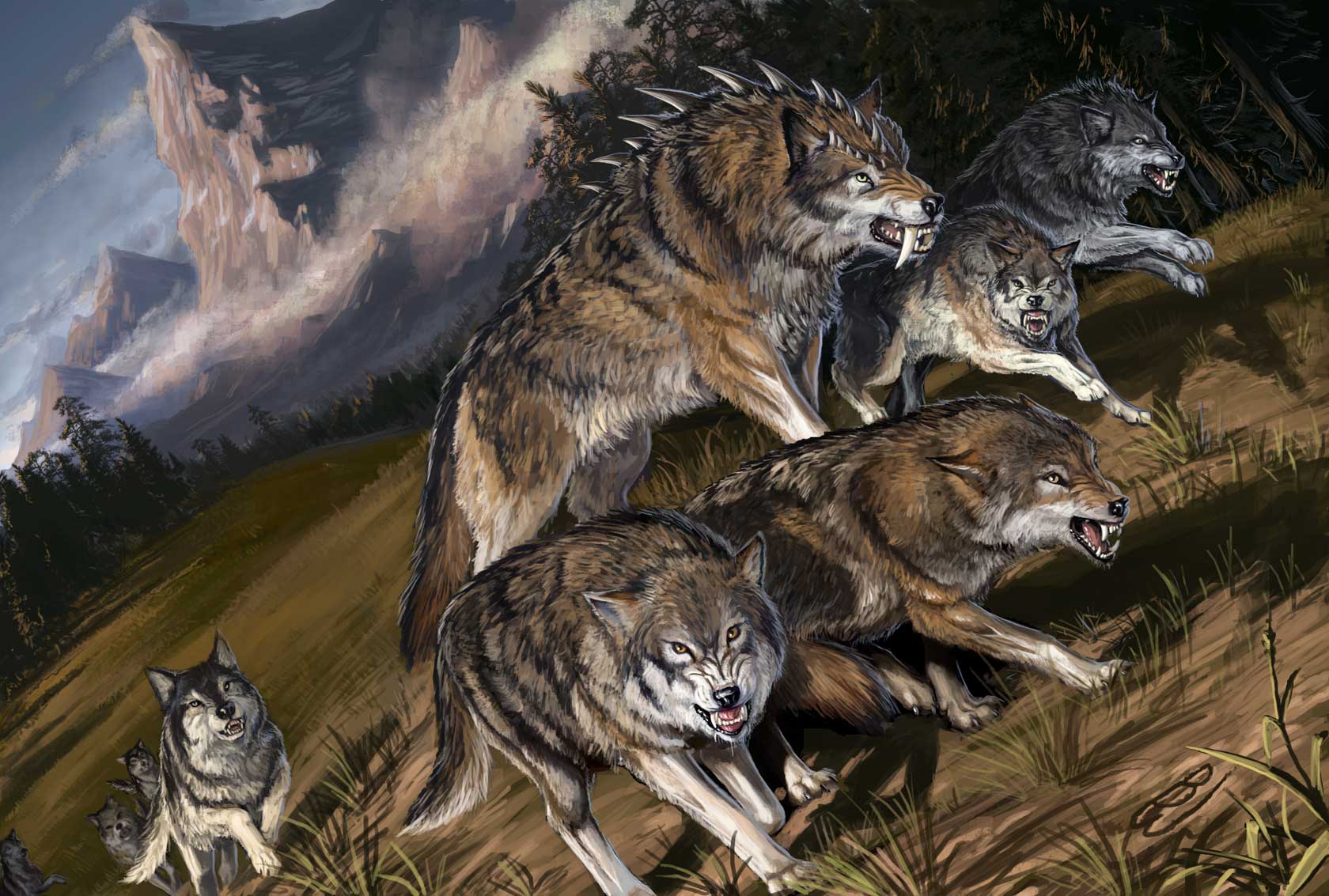 |
| WHY DOES IT HAVE SPIKES??? (to be fair it would be cool if we explored Dire Animals as having messed up metabolisms that leave calcium deposits all over the body that look like armor plates/spikes/tusks/etc and other weird metabolic relics, but no, we just get spiky wolves) |
So for your gaming pleasure here is an (seriously incomplete) list of Pleistocene megafauna and some recommended stat blocks to borrow (most of them don't need their own), as well as some interpretations of their ecology for making them more interesting:
Arctodus simus, Short Faced Bear
Stats as: 8HD Polar Bear, 5eMM pg 334 (60ft movement, no swim speed)
Ecology and Quirks: With its long legs and sharp teeth the Short Faced Bear is a fast and brutal carnivore, they run down large herbivores and frightening off smaller predators (this is the original interpretation of their fossils, more modern studies conclude they are opportunistic omnivores, but that's boring). Unlike their small cousins Short Faced Bears are very poor climbers and can often be foiled by climbing a tree.
Castoroides ohioensis, Giant Beaver
Stats as: Giant Boar, 5eMM pg 323 (20ft walking speed, 50ft swim speed no charge, tusk is bite attack, gets tail slap: +5 to hit 10ftx5ft area, 3d6+3 bludgeoning and knocks foes prone (Str/Dex Save DC14))
Ecology and Quirks: Stupid and huge compared to their smaller relatives, the Giant Beaver is an excellent swimmer and grazes the rivers banks and wetlands like bison graze the prairie. Their migratory patterns are erratic and they will descend upon settlements in droves in the winter months eating away at wooden buildings and crops alike. Their pelts are highly prized.
Aiolornis incredibilis, Giant Condor
Stats as: Giant Eagle. 5eMM pg 324 (on a successful talon attack the foe is grappled, DC 14 Str/Dex to break free, half fly speed while grappling, can grapple medium and smaller)
Ecology and Quirks: A lord of carrion birds, the Giant Condor is the largest flying bird known. With a massive beak and weighing more than 60lbs they could easily fight off most other scavengers and smaller predators. Their favorite tactic is to swoop down and carry away foes, then drop them from a great height.
Aepyornis maximus, Elephant Bird
Stats as: Allosaurus, 5eMM pg 79 (60ft move speed, no pounce, gets an claw attack against any creature in its path if it runs in a straight line for more than 40ft)
Ecology and Quirks: The largest bird to ever live, the Elephant Bird is tall, fast, and has a wicked beak. Its favorite tactic is to do a series of charges at any foes and closing in to finish them with its beak when they are weak. Its eggs are highly prized, one could feed a whole adventuring party for a day or two. If they think their nests are being threatened they will flee straight to them, ignoring all dangers... and pit traps.
Megaloceros giganteus, Irish Elk
Stats as: Giant Elk, 5eMM pg325
Ecology and Quirks: The male Irish Elk are the only ones that will fight you. The females are huge, sure, but the males are over sexed, their huge antlers are for two things: impressing the cows, and fucking up anyone that gets in their way. There is of course an easy way to deal with them, simply rush into the nearest thicket of willow and the low and dense branches will keep them from following.
Paraceratherium transouralicum, The Near Horn Beast
Stats as: Elephant, 5eMM pg322 (12HD)
Ecology and Quirks: A lumbering hulk, the Near Horn Beast wanders the world is search of the ultimate: the next yummy leaf. No tree too tall, no shrub too low, no grass too bitter, and no predator big enough. The Near Horn Beast wanders on. They could perhaps be tamed, taught to be ridden, but the amount of forage an individual would need it a serious logistic challenge. Due to their massive size their legs are fragile, and even a small jump and stumble might fracture their bones.
(Also check out the
Siberian Unicorn!)
As I note above, many of these don't need their
own stat block, but that doesn't mean they should just be interchangeable big beasties! This is why included some notes on their ecology and quirks, make them falvorful and interesting damn it. You might consider thinking about them
this way.
Oh familiar old friend,
embraced in the dark of night,
fighting tooth and claw
Primordial enemy,
Now just dust and memory.
There is no treachery
Only blood thundering in the dark.





